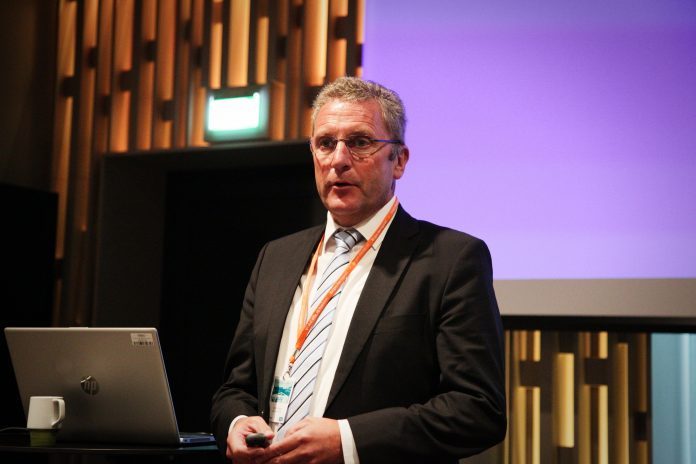Thursday morning Grieg Seafood presented their fourth-quarter report showing a quarter driven by solid earnings from performance in Norway. Biological improvements in British Columbia and Shetland still have high costs.
The Grieg Seafood Group harvested 25 342 tonnes GWT in Q4 2019, up 7 pct. compared to 23 682 tonnes in Q4 2018.
“2019 was an eventful year for Grieg Seafood, marked by good market conditions and continuous improvement across all our operations. This trend continued in the fourth quarter with particularly strong results in Rogaland and Finnmark while our long-term initiatives to address biological challenges in BC and Shetland continued to yield positive results. In Shetland in particular, cost remained at a high level in the quarter, but biological improvements led to higher survival rates,” wrote CEO Andreas Kvame in the company announcement.
Average realized price was down in Q4 2019 compared to Q4 2018, mainly due to lower price achievement in the UK and BC.
Grieg Seafood’s revenues in Q4 2019 amounted to EUR 236 million, an increase of 12% compared to the same period last year. The revenue increase is mainly driven by higher harvest volume and spot prices.
Farming cost during the period (total cost related to fish harvested this quarter) was somewhat down compared to the same quarter last year.
The Group’s EBIT before fair value adjustment of biological assets was EUR 35 million during the quarter, corresponding to an EBIT per kg of EUR 1.39. EBIT from the four regions includes value creation from the respective sales activities of the Group’s jointly owned sales company, Ocean Quality.
“For 2020, we have a long-standing ambition of reaching 100 000 tonnes harvest with cost at or below industry average, and as we enter 2020 our volume target is within reach. However, operational development has varied between regions. While Finnmark and Rogaland have exceeded expectations, the cost in BC and Shetland have been impacted by challenging biology, resulting in a somewhat higher cost in these regions,” said Andreas Kvame.

